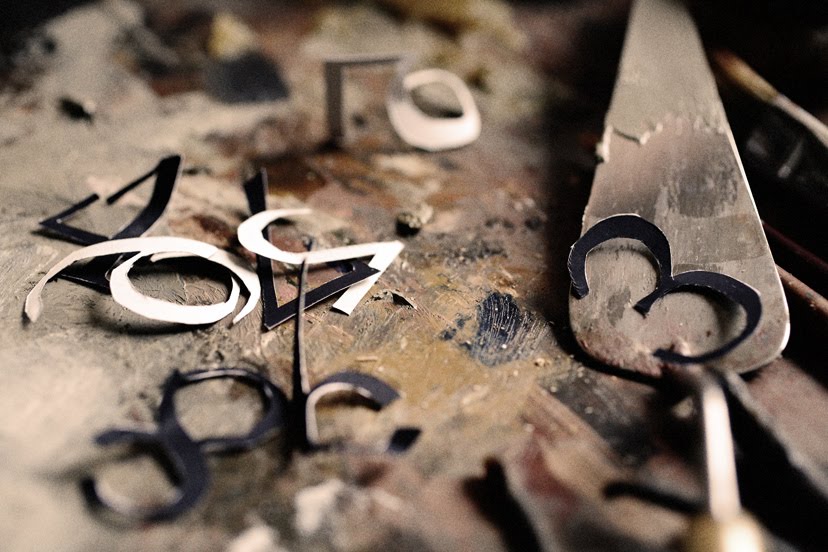I was
looking at some newer photos of the painters of Dafen and it’s always
fascinated me how even though our knowledge of these painting-sweatshops was
obscure (it’s only until recently that these painting villages have become a
sort of popular attraction to the western public), the paintings produced there
were, unbeknownst to us, part of our everyday life. These massively produced paintings are just
that, paint on canvas. But I was wondering, how different is this exercise of
commerce dictating art, of a life devoted to endlessly copying another’s
painting, to that of a “real” painter who produces works with artistic merit,
like lets say (for the sake of argument) Neo Rauch or Botero, both of whom have
ended up copying themselves.
I guess
this is seemingly an unfair argument. Sounds ridiculous to compare Rauch, who
is in every contemporary painting book out there, to an unknown Chinese painter,
one of thousands, who paints hundreds if not thousands of areas of paintings
in a day that will be later sold to WalMart. It should be accepted that an
artist, one who we consider to be a “true” artist that is, has the right to
decide to devote his or her whole life to exploring the way in which he or she
interprets painting; even if that means painting the same painting (not
literally, but figuratively) time and again. It is after all, a valid
possibility in an artist’s creative process.
I am also
aware that many times, it’s desirable for an artist to have a recognizable
manner of, in this case, solving a painting. But, and lets be completely
honest, many times this desire goes hand in hand with sales. If a type of
painting becomes commercially successful, then it is wise for the painter and
for the gallery to produce more of the type of painting that is in demand. It’s
a simple equation that almost inevitably affects creative processes.
So what’s
the difference between copying others work for commercial purposes, and copying
ones own work for commercial purposes? In both cases, the original images that
spawned the need to copy, had at some point, artistic worth. After that, one
painting gets literally copied while the other gets elegantly copied.
If a
painter reading this suddenly feels offended, think of this… people will travel
thousands of miles to Xi’an to view the terracotta warriors. They consider this
one of the greatest objects in history to be unearthed… and yet being aware of thousands
of people painting the same painting every day is nothing but a sweatshop in
our eyes. One that today we westerners are willing to visit as if it were
Disneyworld, but a sweatshop nonetheless.
I very often
wonder, perhaps too much, about honesty in painting. I always try and
understand where this frank but bizarre impulse resides and how it affects a
work of art in an indelible way. And finally, I wonder where is it that this
sincere act stops being genuine.
Because in
my eyes, I think there’s not that much of a difference between Rauch, or a
Chinese Dafen painter that makes a couple of thousand dollars a year, or me for
that matter. In the end we are all painters, affected by the same things. The
Dafen painter tries to paint like Repin, Rauch tries to paint like a successful Rauch, and
I try to make it no so obvious that I look at Phil Hale.
My point in
all of this, and I’m not sure I’m trying to make a point but instead question a
bunch of things that stem from this act of curiosity, is to ask myself what is it
that makes an image more powerful than the others, what is it that makes it a
catalyzer, an image that observers throughout history deem as indisputably
authentic. Where does that original originality subsist, what intentions made
it materialize and why does it appear to fade so quickly, making it hard,
almost impossible for a painter to use it frequently. How is the same painter
who was at one point aware of the force of honesty quickly willing to succumb
to his or her own iteration.
To me it
would be fascinating if I could talk to Rauch, but since we’re being honest, I would be
far more inclined to talk to a Chinese painter that has painted the same
paintings thousands of times for 20 years. I would love to know what he thinks
about the "honorable" act of painting. I wonder if he is in awe when he walks
into a museum and sees the Mona Lisa through bullet proof glass. I wonder how
he feels about the value of creating something unique.
In the end,
when you think about it, if Dafen was managed by an artist, it would be seen as
an act of massive appropriation fit for any contemporary biennial. We used to
be shocked by Dafen, thousands of starving artists working at gunpoint, but now they have dafen.coms and tens of other webpages with paypal
transactions, and I’m sure it won’t be long until we see a “real” artist use
their services to show something at Basel or Venice.



.jpg)

